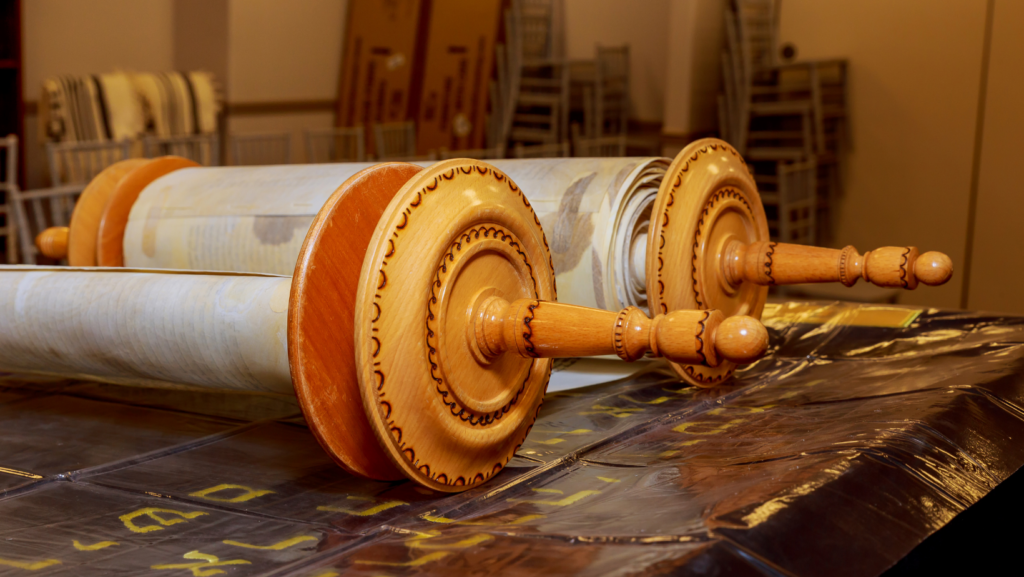In a world often obsessed with perfection, the Japanese Art of Repairing with Gold offers a refreshing perspective on beauty and resilience. This ancient technique involves repairing broken pottery with lacquer mixed with powdered gold, silver, or platinum, transforming what was once shattered into something even more exquisite. The philosophy behind Kintsugi embraces flaws and imperfections, celebrating them as part of an object’s history rather than something to disguise.
Kintsugi, which translates to “golden joinery,” is more than just a method of repair; it’s a profound metaphor for life itself. By highlighting the cracks and fractures, it teaches that scars and experiences contribute to an individual’s unique story. This art form encourages a shift in mindset, urging people to find beauty in the imperfect and value the journey of healing and transformation. As awareness of Kintsugi grows, its timeless lessons resonate with those seeking depth and meaning in today’s fast-paced world.
Japanese Art of Repairing with Gold

Japanese Art of Repairing with Gold, known as Kintsugi, involves mending broken pottery using lacquer mixed with gold, silver, or platinum. The technique transforms damaged items into visually striking pieces. Practitioners often highlight repair lines with precious metals, emphasizing the object’s unique story. This creates a new aesthetic that honors the past.
Kintsugi embodies a philosophy valuing imperfections. Instead of discarding flawed pieces, artisans celebrate their beauty and history. The practice illustrates resilience, suggesting strength in healing. Each piece tells a unique tale, a testament to an object’s life and endurance. It’s a symbolic reminder of life’s beautifying potential.
The Philosophy Behind the Art
Kintsugi, the Japanese art of repairing with gold, reflects a deep philosophical view of life and existence. This practice offers lessons about finding beauty in imperfections and embracing each object’s history.
Embracing Imperfection
Kintsugi highlights flaws and imperfections as intrinsic elements of an object’s history. Instead of hiding cracks, artisans emphasize them with precious metals, transforming damage into unique beauty. This principle promotes acceptance of one’s flaws in life, encouraging individuals to acknowledge and celebrate their experiences, both good and bad, as integral parts of their identity.
Wabi-Sabi Influence

The philosophy of Wabi-Sabi significantly influences Kintsugi. Wabi-Sabi is the appreciation of beauty in imperfection and transience. It values simplicity, intimacy, and the imperfect nature of materials. Through Kintsugi, this philosophy manifests in visible scarred patterns, revealing the object’s life story. Kintsugi, thus, becomes a testament to Wabi-Sabi, teaching the acceptance of impermanence and finding elegance in the incomplete.
Techniques and Materials
Kintsugi embodies unique craftsmanship through its use of specific materials and processes. This section explores these key elements in detail.
Gold Powder and Lacquer
Artisans use gold powder, typically in the form of fine dust, mixed with urushi lacquer to create the adhesive and decorative elements in Kintsugi. Gold’s intrinsic properties, such as its malleability and resistance to tarnish, make it ideal for highlighting repaired lines. Urushi lacquer, derived from the sap of the lacquer tree, functions as a natural adhesive and provides a durable base for the metal powder. The combination of gold powder and lacquer not only repairs but also enhances the aesthetic allure of broken ceramics, transforming damage into art.
Process of Repair

The Kintsugi process begins with collecting broken fragments. Craftsmen apply a base layer of lacquer to bond the pieces. This layer needs time to cure, ensuring a strong adhesion. Fine gold powder is then carefully brushed onto the lacquer. The artisans may employ brushing or sprinkling techniques to create varying patterns. After applying the gold, another layer of lacquer seals the design. This final step requires several weeks for complete curing, allowing the restored pottery to regain functionality while showcasing its newly defined beauty. This meticulous process ensures that each piece is unique, reflecting the artisan’s skill and the object’s history.



